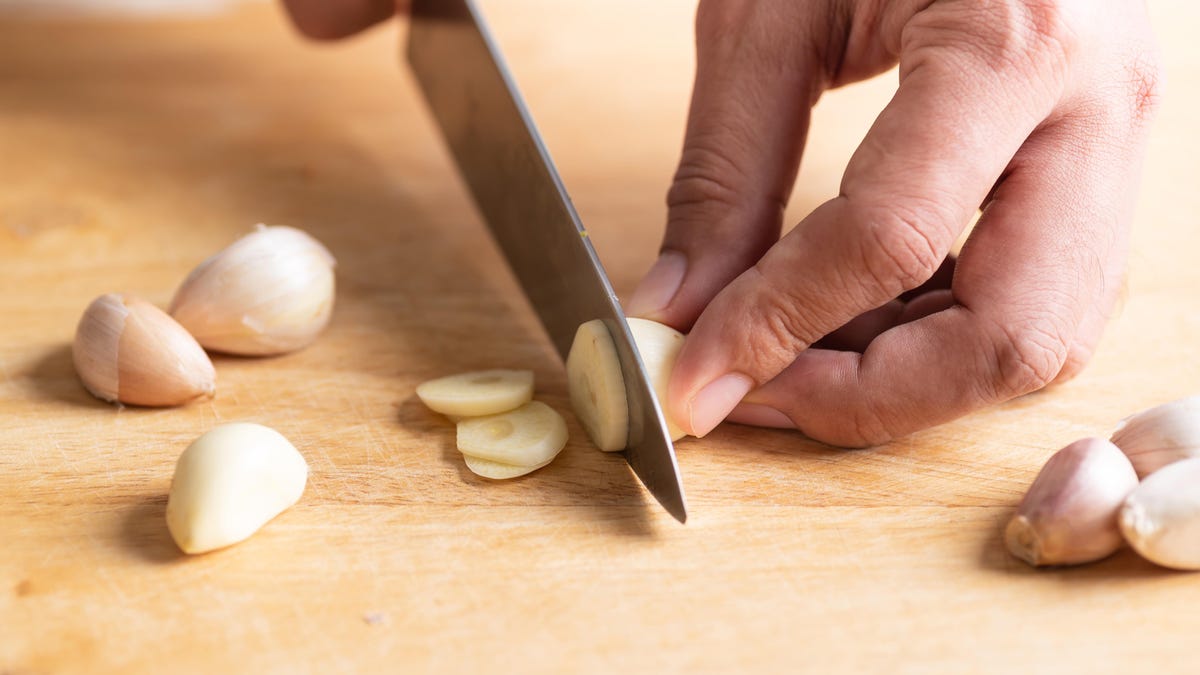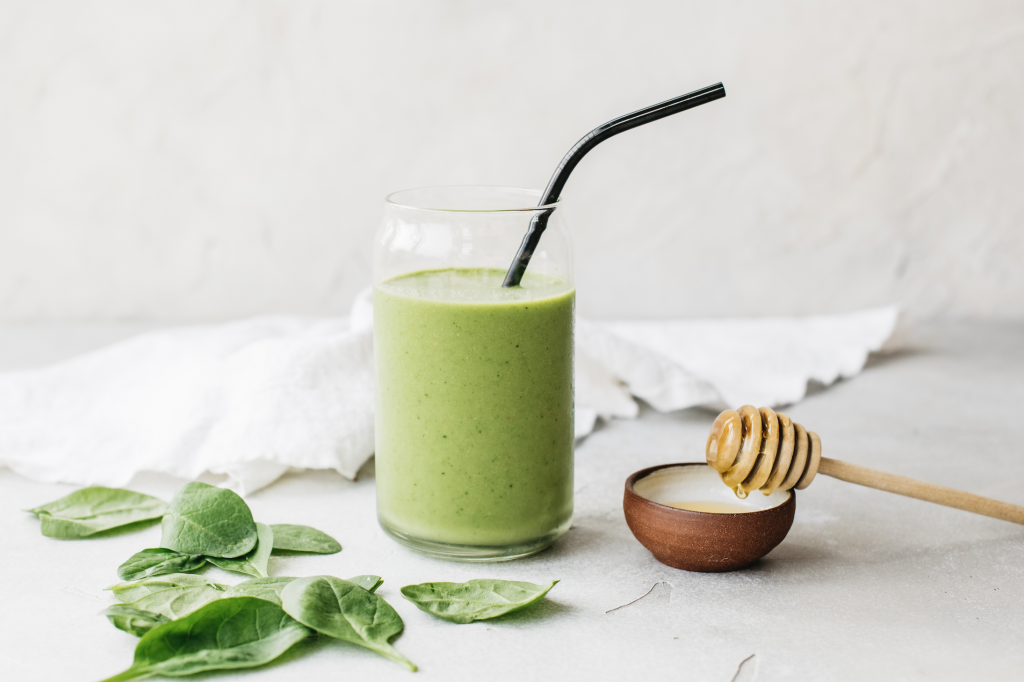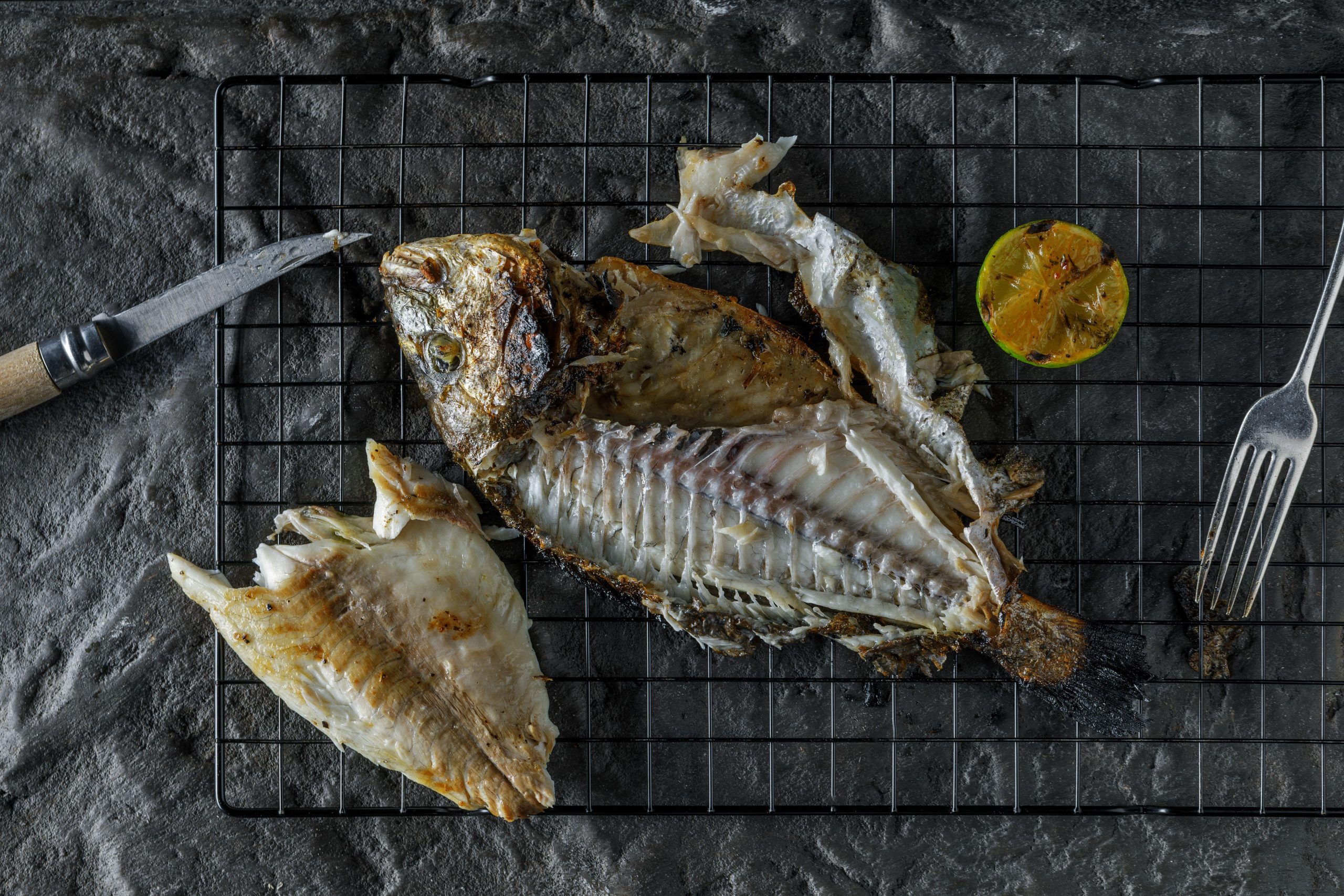Five Ways to Repurpose Fallen Branches and Twigs in Your Yard
Put all those sticks to good use.


Credit: MNStudio/Shutterstock
Yard cleanup after a storm can yield a lot of debris, including fallen sticks and branches. But you don't need to toss everything you collect —you can put those sticks and twigs to good use right back from whence they came.
Build a garden trellis
If you have a pile of larger sticks or branches, you can put them to work propping up vining plants like peas, cucumbers, or melons. A DIY tree branch trellis can make your garden look tidier and give your vines somewhere to grow. You'll need some branches between 1/2 and 1 inch in diameter and up to 6 feet tall as well as several sticks to act as cross support and some garden twine to bind it all together.
Stake your garden plants
Even if you don't need a full trellis for vines, you can repurpose sticks and twigs to stake taller plants in your garden. Sturdy sticks offer a more natural look than metal stakes (and for free). This video shows several methods for supporting and staking plants of varying heights in your yard using twigs and branches.
You can also weave sticks and twigs to make a mini DIY wattle fence as a border for your garden beds or create a protection dome.
Support a pollinator habitat
Use your fallen sticks and twigs to make a safe place for beneficial garden visitors to feed or sleep. One option is a "bug snug," a pyramid-shaped habitat for insects to hibernate. This is a great way to repurpose not only sticks but also other yard materials like grass clippings and leaves. If your stick collection includes bamboo, reeds, or dried hollow stems from plants like fennel and sunflowers, you can also make a DIY bee hotel.
Finally, if you have a hummingbird feeder or plants that attract them, use sticks placed vertically in the ground as snag perches 10–50 feet from the food source.
Build a Hugelkultur garden
The Hugelkultur, or "hill garden," method recreates how plants grow in the forest by building on a base of rotting wood. The sticks and twigs provide nutrients and drainage and you simply mound your soil and plants on top. This is a great use of old, dead sticks and twigs. Alternatively, if you already have (or want to build) raised containers, you can layer your sticks at the base to improve drainage and reduce the amount of soil needed.
Add to your compost
Sticks and twigs can make a great addition to your compost pile. Be sure to chop large pieces into much smaller sections—otherwise they will take years to decompose—and consider renting or borrowing a wood chipper to break down anything over an inch in diameter. Avoid putting diseased wood in your pile, and keep an eye on your green-to-brown ratio (woody materials are browns).
You can also use the wood chips as mulch around your yard and garden beds. Sticks also make great material for biochar.

 Konoly
Konoly 































